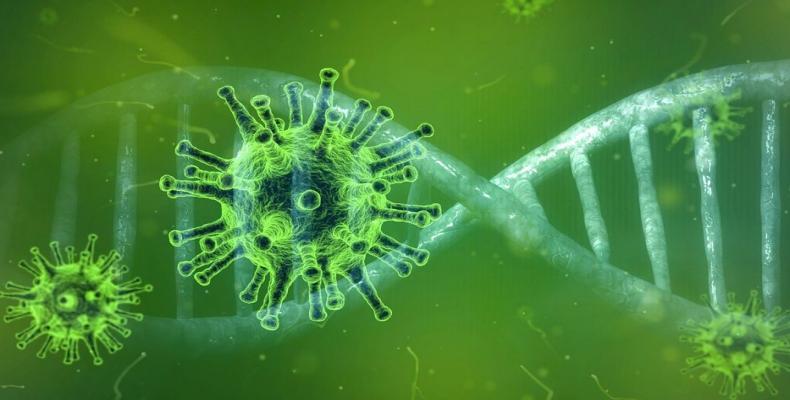Chinese scientists have identified the mechanism of how the novel coronavirus works to infect humans, which could explain the molecular basis for coronavirus recognition and infection and provide a basis for the development of therapeutics.
The study published online in the journal Science on Wednesday describes the structure of a human receptor at the surface of a cell that the novel coronavirus hijacks to enter a human.
Scientists from Westlake Institute for Advanced Study and Tsinghua University used the cryogenic electron microscopy (cryo-EM) to map, at an atomic level, the full-length structure of Angiotensin-converting enzyme 2 (ACE2), the entry point into human cells for the novel coronavirus, in the presence of a neutral amino acid transporter called B0AT1.
ACE2 functions as the companion of B0AT1 that mediates uptake of neutral amino acids into intestinal cells in a sodium-dependent manner, and the scientists reasoned that the structure of the full-length ACE2 can be revealed in the presence of B0AT1, according to the study.
The researchers also mixed the spike protein of novel coronavirus with the ACE2-B0AT1 complex and reconstructed the 3D image of the ternary complex. The coronavirus spike protein binds the peptidase domain of ACE2 to cause an infection, according to the researchers.
The structural alignment of the ternary complex suggests that two spike protein trimers can simultaneously bind to an ACE2 homodimer, according to the study.
The findings show that the receptor binding domain of novel coronavirus is similar to that of SARS coronavirus, but a number of sequence variations and conformational deviations may change the affinity for ACE2 to the virus.
A study published in the journal Science last month showed that the novel coronavirus shared the same ACE2 with SARS virus, but ACE2 binds to the novel coronavirus with affinity about 10- or 20-fold higher than its binding to the SARS virus.
"Our findings not only shed light on the mechanistic understanding of viral infection, but will also facilitate development of viral detection techniques and potential antiviral therapeutics," said the paper's authors.
source: Xinhua


